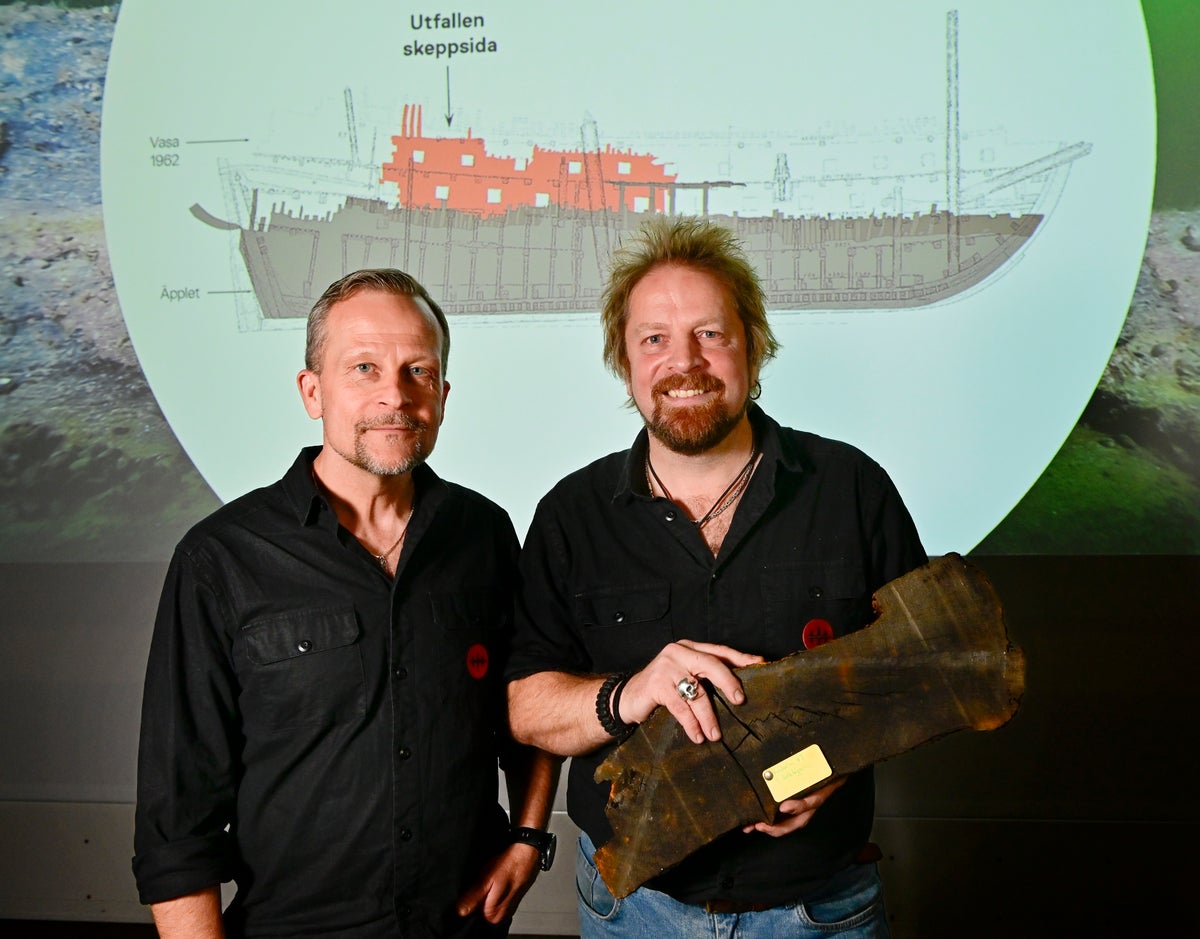
Swedish maritime archaeologists have discovered the shipwreck of “Applet” – the long-lost sister of the iconic 17th-century warship “Vasa”.
Archaeologists working on the research programme “The Forgotten Fleet” have described having the feeling of their pulses racing as they discovered the wreck and found it to be similar to Vasa.
“Our pulses raced when we saw how similar the wreck was to Vasa,” said Jim Hansson, a maritime archaeologist at the Swedish Museum of Wrecks.
“Both the construction and the powerful dimensions seemed very familiar. The hope of finding one of Vasa’s sister ships was sparked within us.”
The massive shipwreck was discovered in December 2021 in a strait off the island of Vaxholm, near capital Stockholm. Parts of the ship’s side had sunk to the bottom of the sea, but the hull got preserved to a lower gun deck. Its fallen sides had portholes which showed the warship had two gun decks.
Applet (The Apple) was launched in 1629 and was built by the same shipbuilder as its ill-fated sister.
Mr Hansson said the construction and the dimensions of the wreck looked “very familiar” and added that they were hopeful it could be Vasa’s sister ship.
A more detailed investigation of the parts was carried out in the spring of 2022, revealing details that further bolstered their beliefs as they matched Vasa. The museum said technical details like measurements and wood confirmed the ship to be the Applet.
“With ‘Applet’, we can add another key piece of the puzzle in the development of Swedish shipbuilding,” Mr Hansson said.
He added that its discovery has enabled researchers to study the differences between Applet and Vasa.
“The find is also valuable for those who want to uncover a new piece of exciting history through the old ship,” Mr Hansson said. “Applet is part of our cultural heritage..”
Patrik Hoglund, another archaeologist, said its discovery will help in understanding how “large warships evolved, from the unstable Vasa to seaworthy behemoths that could control the Baltic Sea – a decisive factor in Sweden’s emergence as a great power in the 1600s”.
Vasa, which was 69m (226ft) long, sank on its maiden voyage after sailing just over 1,000 yards. It was named after Sweden’s king Gustav Vasa and was built to become a symbol of the country’s military might.
The Vasa was salvaged in 1961 and is on display at Stockholm’s Vasa Museum.
Applet was commissioned by the army when the Swedish navy joined the Thirty Years’ War, with 1,000 men onboard, the museum said.
“Applet was sunk off Vaxholm in 1659 to become part of an underwater barrier that would prevent the enemy from reaching Stockholm by sea,” the museum said.







